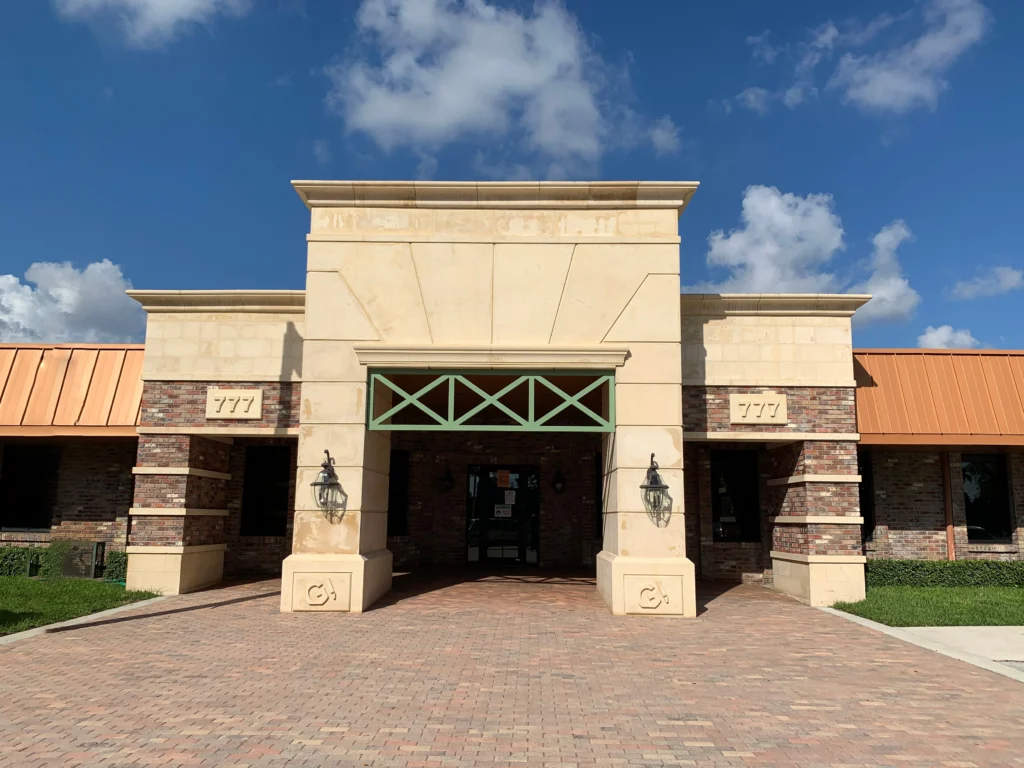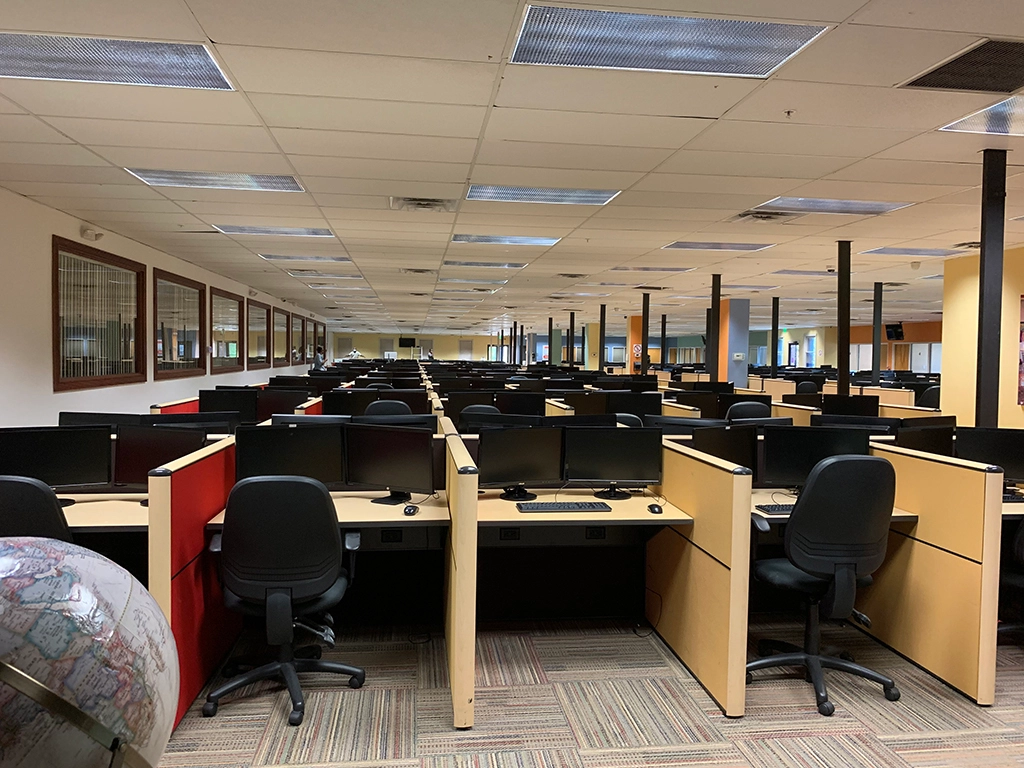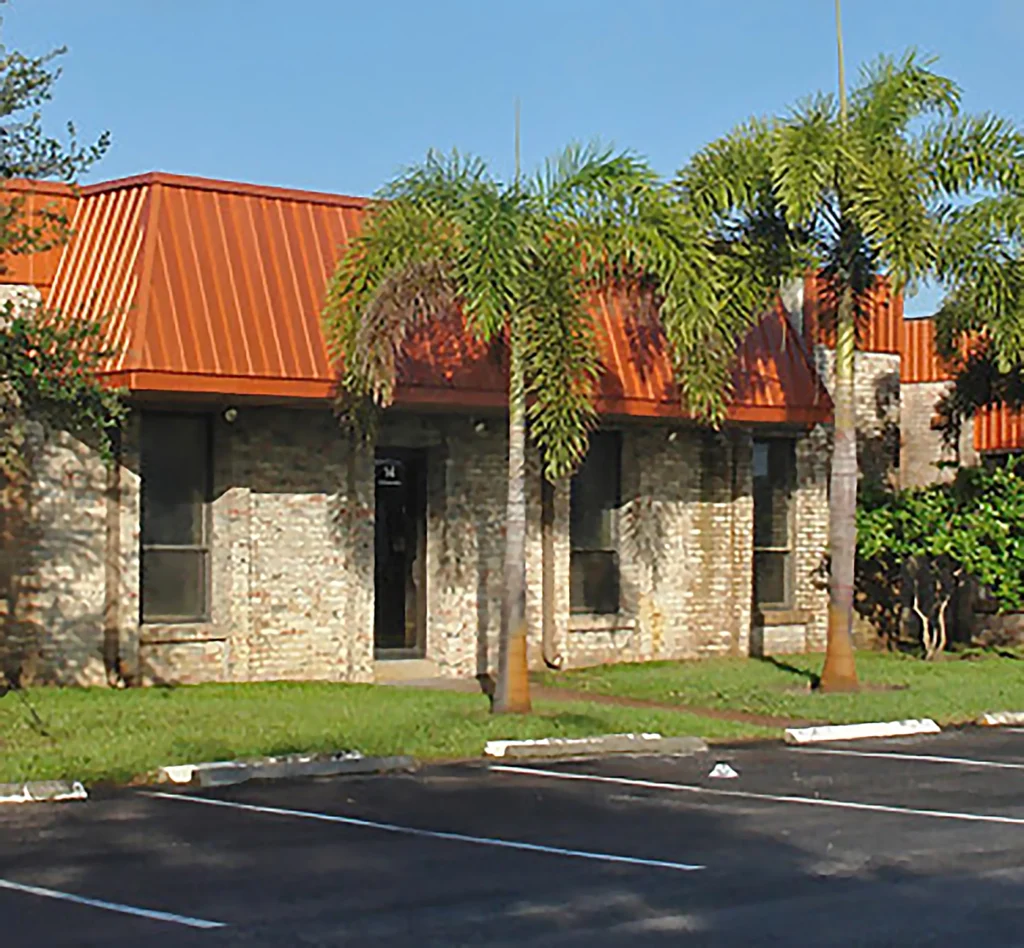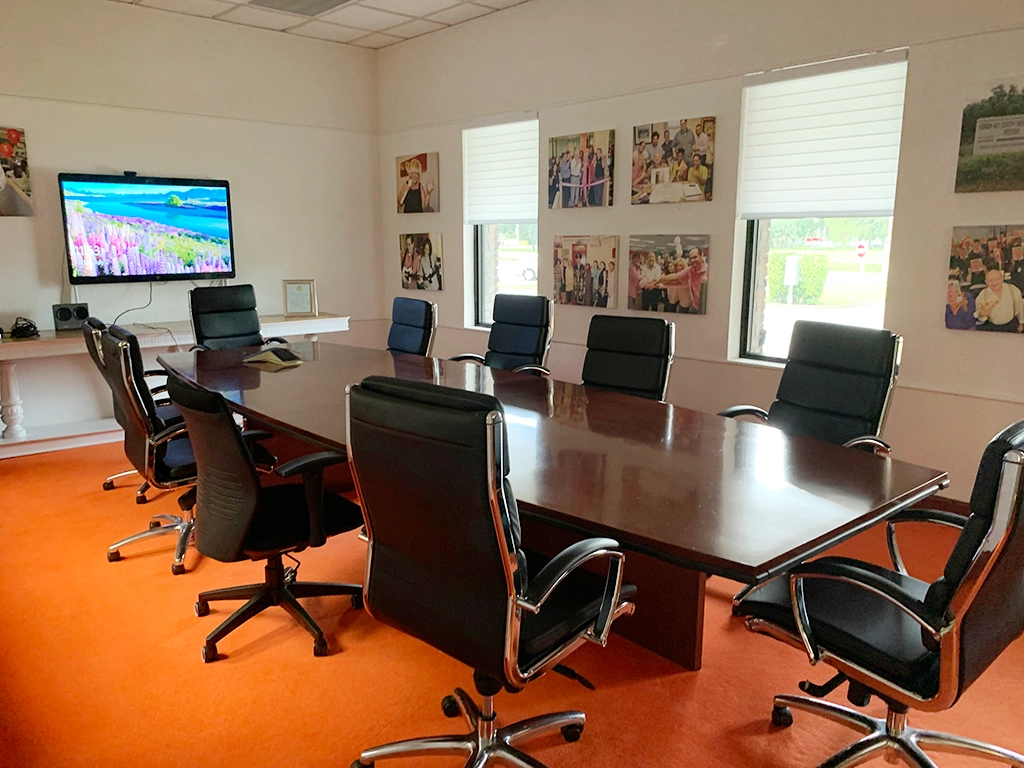Acquiring the right office space as a hub for operations can be a business’s most impactful choice. It’s not only about locating a place for your team to work—it’s about finding a setting that supports productivity, reflects your brand, and fits within your budget. Many businesses today weigh options between traditional office suites for rent and flex office spaces for rent, considering lease terms, amenities, and location. For some, the question arises: is it worth renting an office? The answer often depends on a combination of team needs, budget allocation, and long-term goals.
When exploring office spaces, understanding costs is critical. Knowing how much is rent for an office space in your area and additional expenses such as utilities and maintenance can help you avoid surprises. Renting an office typically involves more than monthly rent, especially if you’re looking for a fully serviced space or a high-profile location. For businesses of any size, finding the balance between cost and the value provided by the office environment is essential for sustainable growth and employee satisfaction.
This article explores the process of finding an office that fits, detailing how to assess different space options based on company size, amenities, and financial flexibility. Whether you’re a startup seeking a cost-effective solution or a large company with complex infrastructure needs, a straightforward approach to finding and budgeting for office space will help you make the right choice for your business and its future.

What to Look for When Renting an Office Space
Renting a suitable office space requires more than finding a physical location. You should also consider creating an environment that aligns with your business’s goals, size, and culture. Here are some key factors to consider when searching for a commercial office for rent—with insights tailored for small, medium, and large businesses.
1. Pricing Considerations
- Small Businesses: For small businesses, affordability and flexibility are essential things to consider. Look for office spaces with competitive rates, typically ranging from $20 to $40 per square foot annually, depending on location and amenities. In some cases, shared or co-working spaces can often reduce these costs, as utilities and amentities like internet or meeting rooms might be offered in the price. Without those inclusions, it’s important to calculate expenses correctly, so you have a large enough space within your budget.
- Medium Businesses: Mid-sized companies require a balance between affordability and room for growth. Rates can vary widely depending on the office, from $25 to $50 per square foot annually for spaces with more features or better locations.
- Large Businesses: Large organizations typically need extensive space, often exceeding 10,000 square feet, with pricing between $30 and $60 per square foot annually—depending on the location and building class. Negotiating tenant improvement allowances or bulk discounts for longer-term leases can help offset costs while securing high-quality, branded space.
2. Space Requirements and Layout
- Small Businesses: Small teams often benefit from flexible, adaptable spaces. A smaller office can reduce costs and encourage a close-knit environment, which can be ideal for collaboration. Consider open layouts that can be easily reconfigured as your team grows.
- Medium Businesses: With larger teams, balancing open areas with private meeting rooms and break-out spaces is essential. Look for an office with room for team expansion, with partitions for departments or specific functions.
- Large Businesses: Bigger organizations need more extensive layouts, often with defined departments, conference rooms, and possibly client-facing spaces. Look for offices with multiple floors or zones to allow various teams to work efficiently and without disruptions.
3. Location and Accessibility
- Small Businesses: A central, easily accessible location is vital for attracting clients and employees, but it doesn’t necessarily need to be downtown. Prioritize areas close to public transport or major roadways to make commuting convenient without the hefty price tag of a prime location.
- Medium Businesses: Accessibility for employees and clients is crucial, so consider proximity to public transportation, parking facilities, and local amenities. A more centralized location can also greatly improve brand visibility and client foot traffic.
- Large Businesses: Large companies may need extensive parking or even shuttle services if they are located outside of city centers. Additionally, nearby dining and retail options can enhance employee satisfaction and support work-life balance.
4. Flexibility of Lease Terms
- Small Businesses: Startups and small businesses benefit from flexible leases, which allow you to upsize or downsize as your business evolves. Short-term leases—like one or two years—for offices or or co-working spaces may be ideal to avoid long-term commitments.
- Medium Businesses: Mid-sized companies need balance—a lease long enough to establish stability but flexible enough to allow growth. Look for spaces with scalable lease terms—like one, two, or three years—or options for expansion within the building.
- Large Businesses: Long-term leases—like three years—may offer cost savings for large companies, especially those looking to establish a permanent headquarters. Negotiate favorable terms, including options for tenant improvements to create a customized workspace.
5. Infrastructure and Technology Needs
- Small Businesses: Small teams may not need extensive IT infrastructure, but reliable Wi-Fi, telecommunication services, and basic security are essential. If you lease a smaller, flexible office space, check for plug-and-play capabilities.
- Medium Businesses: With more employees, you’ll need a robust internet connection, dedicated IT areas, and spaces for equipment like servers or printers. Ensure the building has the capacity for any additional wiring or technology upgrades.
- Large Businesses: Large organizations have more complex technology needs, often requiring data centers, high-speed internet redundancy, and advanced security systems. Evaluate whether the building can support these requirements or if it allows for custom installations.
6. Amenities and Perks
- Small Businesses: Shared amenities, such as conference rooms, kitchens, and fitness areas, can be a great way to provide value to employees without additional costs. Co-working spaces may offer these perks, allowing you to save on individual expenses.
- Medium Businesses: Look for spaces with meeting rooms, lounges, and kitchen facilities to keep your team comfortable and productive. Amenities like parking, gyms, or nearby cafes can also boost employee satisfaction and create a positive work culture.
- Large Businesses: Large companies often need on-site amenities to accommodate large teams, such as multiple conference rooms, cafeterias, or event spaces. Wellness features like gyms, childcare, or relaxation areas can help attract and retain talent.
7. Brand Image and Client Impressions
- Small Businesses: Choose a location that reflects your company’s culture and is presentable for occasional client visits. Co-working spaces can provide modern, stylish spaces that create a good impression without the full cost of a private office.
- Medium Businesses: Look for offices that align with your brand’s professionalism while allowing for creative, personalized decor. Office design can be part of your brand story, showing clients and employees what your business stands for.
- Large Businesses: A large company’s office often functions as a brand statement. Consider high-visibility locations or iconic buildings to reinforce brand presence. The office should also be adaptable for hosting larger events or client meetings, with design elements that reflect your organization’s values.
8. Safety and Security
- Small Businesses: Small teams might not have complex security needs, but it’s still important to check if basic security measures—like keycard access, on-site security, or surveillance cameras—are in place.
- Medium Businesses: With more employees and potentially sensitive information, mid-sized companies should look for secure buildings with controlled access and 24/7 monitoring. Consider adding internal measures if needed.
- Large Businesses: Large corporations often require a high level of security, with options for restricted access areas, robust surveillance, and possibly even private security staff. If applicable, verify that the building’s security standards meet industry compliance.
Renting office space isn’t a one-size-fits-all process; it’s about finding the right combination of space, location, amenities, and lease terms that suit your business size and goals. By carefully assessing these factors, you can choose an office that fits your team now and adapts as you grow.
How to Find Office Space for Rent
Finding a suitable office space for rent can be a pivotal move for your business, shaping your company culture, influencing productivity, and affecting your brand image. Here’s a guide to help you navigate the process step by step:
1. Define Your Needs
Start by identifying what your business needs most from an office space. Consider factors like the size of your team, potential growth, the nature of your work, and any specific amenities required. Are private meeting rooms or collaborative spaces essential? Do you need dedicated areas for equipment or storage? Create a list of these necessities, as they will guide your search and help filter out spaces that don’t align.
2. Set a Budget
Office spaces come in various prices, influenced by location, size, and available amenities. Determine your budget upfront, including rent and additional costs like utilities, maintenance, and potential furniture expenses. Having a clear budget range will help you focus on financially sustainable options.
3. Choose the Right Location
Location can have a major impact on your team’s commute, client accessibility, and overall convenience for your business operations. Look for an area that suits your needs—consider proximity to public transportation, nearby dining or retail spots for employee convenience, and parking options. Many businesses search for “office space for rent near me” to find a suitable location in the area. Choosing a location that aligns with your brand can also enhance client impressions.
4. Explore Different Types of Office Space
Office rentals range from traditional private offices to more flexible co-working options. If you prefer a dedicated space, look for traditional office buildings with leases suited to your business timeline. Co-working spaces can offer flexibility, short-term leases, and networking opportunities for a more dynamic setup or a smaller team.
5. Work with a Commercial Real Estate Agent
Real estate agents specializing in commercial properties can simplify your search. They know the market, have connections with property managers, and can often identify listings that aren’t widely advertised. Communicate your needs and budget clearly so they can streamline options and negotiate on your behalf.
6. Visit Prospective Spaces
Pictures can only show so much, so schedule visits to any spaces that meet your criteria. During these tours, pay attention to details such as natural lighting, noise levels, and the general condition of the building. Bring team members along to get their input and envision how the space could suit your operations.
7. Understand the Lease Terms
Before committing, review the lease thoroughly. Be clear on the duration, renewal options, and any rent increases, maintenance, and improvements clauses. Don’t hesitate to negotiate or consult a legal professional if terms seem unclear or restrictive.
8. Plan Your Move
Once you've signed the lease, create a moving plan that minimizes disruption. Coordinate with your team and consider any necessary renovations, furniture purchases, or technology installations beforehand.
Finding an office space that truly fits your business is a detailed process, but with some preparation and a strategic approach, you can secure a place that aligns with your brand and supports your team’s success.
How Much Should I Budget for Office Space?
Budgeting for office space is a significant decision that hinges on factors like business size, industry, and location. Many businesses allocate between 2% and 15% of their revenue to rent, with smaller or newer businesses often spending closer to 2-8% to conserve resources and maintain flexibility. Established companies might comfortably invest around 10-15% of their revenue, but this is not a strict number and many businesses spend a much lower percentage than these estimations. Finding the correct percentage depends on your financial goals and the value an office space brings to your team and clients.
Location plays a significant role in determining costs, as rent can vary dramatically between city centers and suburban areas. Researching the average price per square foot in your desired location can help set realistic expectations. For planning purposes, a general rule is to estimate around 125-250 square feet per employee. However, this can fluctuate based on layout preferences—open-plan designs typically require less space than individual offices. It’s also wise to consider future growth, ensuring the space can accommodate new hires as your business expands.
In addition to rent, remember that an entire budget includes utilities, maintenance fees, furniture, and possibly parking costs if you’re in a high-traffic area. Are utilities included in rent for office space? Utilities for office space are not always included in the rent and vary depending on the lease terms and type of office building. In some cases, landlords bundle utilities like electricity, water, heating, and cooling into the rent, particularly in managed or co-working spaces, simplifying costs for tenants.

However, in traditional office leases, utilities are often billed separately, meaning tenants are responsible for these expenses on top of their base rent. This is closely related to whether or not it is a triple net lease. But it’s important to review your lease agreement to clarify what’s covered and to budget accordingly for any additional utility costs that might arise.
Co-working spaces or managed facilities can simplify these expenses by bundling amenities like internet and cleaning services, which may appeal to businesses in early growth stages. Flexible office arrangements also offer short-term leases and shared resources, minimizing upfront investments and allowing you to adapt your budget more easily to fluctuating revenue.
Planning for growth is vital. As your business scales, your office space should expand with it. Choosing a location that offers flexibility—whether through scalable leases or neighboring units available for future rental—can ease the transition to a larger space. Factoring in potential rent increases is also wise, as many leases include annual adjustments. With these considerations, you can set a budget that aligns with your current operations and supports your long-term goals.

What Type of Cost is Office Space for Businesses?
Commercial office space for rent is generally considered a fixed cost for businesses, as it’s a recurring expense that doesn’t change significantly with fluctuations in production or sales volume. Unlike variable costs, which increase or decrease based on business activity, office rent remains relatively constant each month, allowing businesses to budget predictably.
However, while the base rent is usually fixed, associated costs can vary. For example, utilities, maintenance fees, and property taxes might shift slightly over time, especially in large or multi-tenant buildings. Despite these fluctuations, most companies still categorize office space as a fixed cost because the core expense—the lease itself—remains stable throughout the lease term.
In addition to being a fixed cost, office space can also be viewed as an overhead cost. It doesn’t directly contribute to producing goods or services but is essential for daily operations, providing a workspace for employees and a location for business activities. For many companies, office space is part of their broader overhead expenses, including utilities, insurance, and administrative costs.
Overall, office space is a foundational fixed cost that supports your business structure. It’s an investment in creating a productive environment, which impacts everything from team morale to client perceptions. It’s a critical element in operational budgeting and financial planning.
How to Calculate Monthly Rent for Office Space
If you’re wondering how to calculate what percentage of your budget will go to your rent, start by determining the monthly rent cost per square foot. In commercial real estate, office rent is often quoted per square foot, annually or monthly. For example, if the rate is $25 per square foot annually, multiply this rate by the total square footage needed (say 1,000 square feet). This gives you an annual rent total, which you can divide by 12 to find the monthly amount. In this example, $25 per square foot for 1,000 square feet would amount to $25,000 annually or roughly $2,083 monthly.
Once you have the monthly rent, it’s time to see how it fits into your budget. Take your monthly revenue and determine what percentage will be dedicated to rent. If your business brings in $50,000 monthly, dividing your rent cost ($2,083) by your revenue ($50,000) and multiplying by 100 gives you the percentage of revenue allocated to rent. This approach helps you evaluate whether the rent cost aligns with your financial goals and industry benchmarks—most businesses aim for rent to be around 5-15% of their revenue, depending on size and location.
Be sure to account for additional expenses, like utilities, maintenance fees, or property taxes, if they aren’t included in the base rent. By considering these costs, you’ll have a more accurate picture of the monthly commitment required for your office space.

